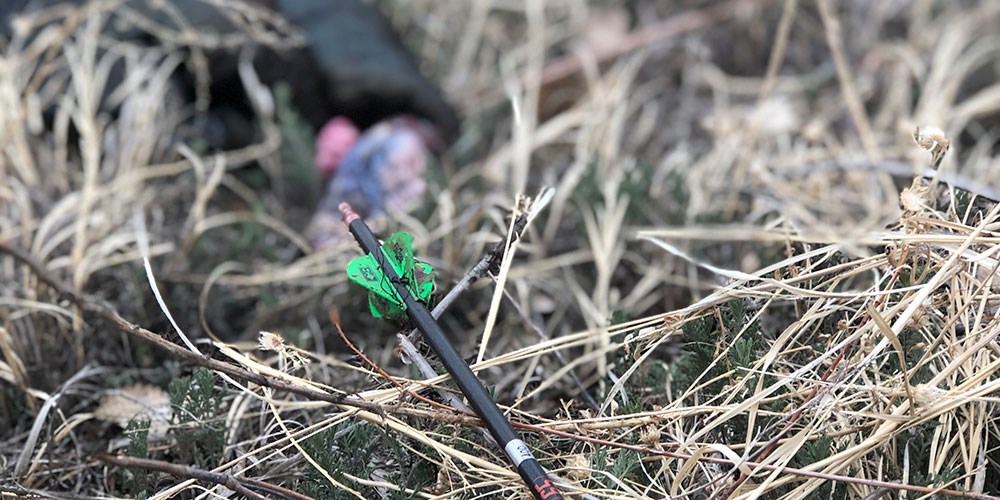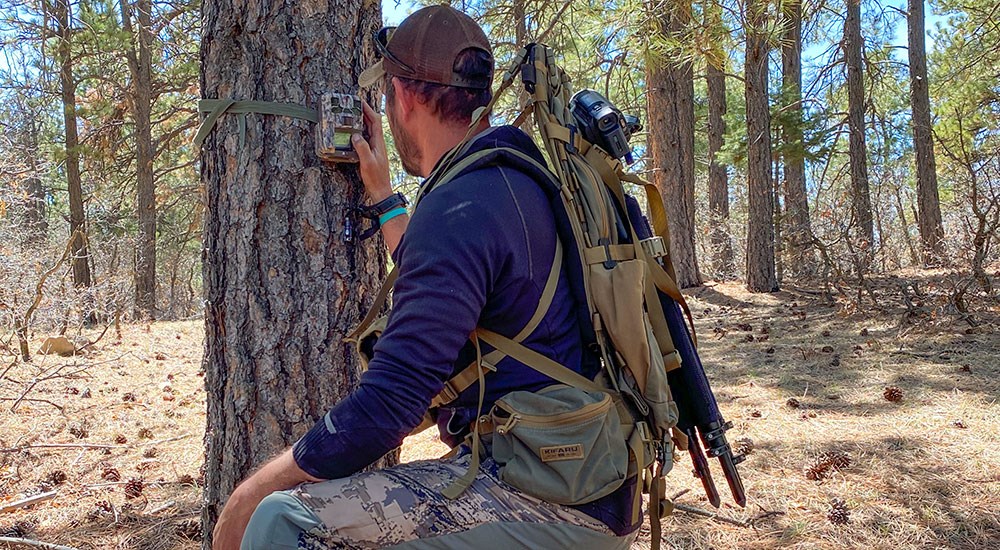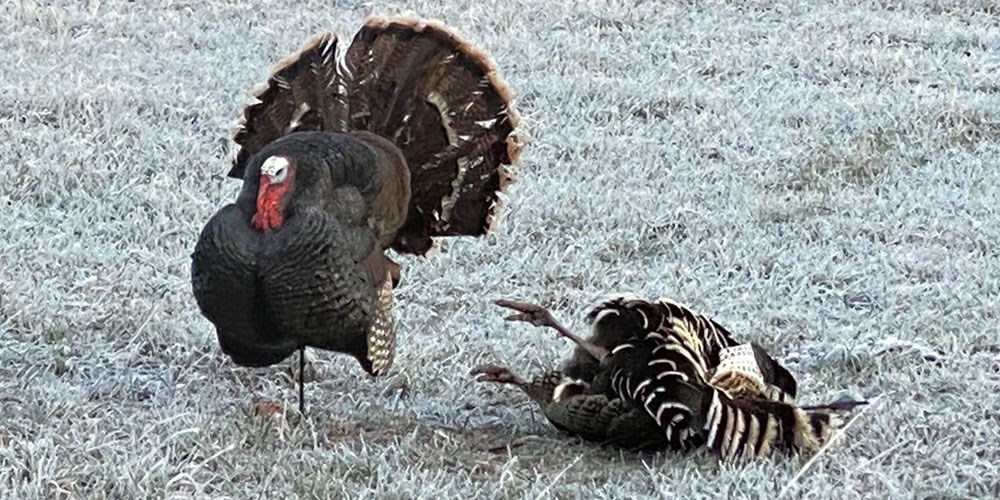Bowhunting Biologist
A few years back, I sat in a ground blind on Robert Hoague’s Texas hunting lease and bowhunted for wild hogs. Right after first light a sizeable flock of wild turkeys moved into the area. I was sitting in the rear of a darkened pop-up ground blind as they fed and walked within 2 feet of my open blind windows. It was a rush and I learned something.
The winter flock had a few jakes mixed in but was mostly hens. The jakes stayed only a few minutes. I think the jakes were trailing the hens. The feeder where I was sitting hadn’t been sat in for months and they are never hunted near the feeders in the spring. In other words, the wild turkeys had no bad history with the blind or hunters. But boy, were they alert.
Turkey eyes are designed to detect predators. Understanding how their eyes work will give you an edge.
Turkeys are a prey species. Coyotes, foxes, bobcats and hunters with turkey tags routinely hunt them. They must be alert at all times. Wild Turkeys are uniquely equipped to detect predators. With turkeys, the eyes have it. They can see at least as good as a man with 20/20 vision but even more significant they can see more of the spectrum than we can.
That morning before I left the blind a pair of grey foxes walked by the blind. The turkeys saw them coming and ran off as if someone fired a starting pistol. Wild Turkeys have a very poorly developed sense of curiosity. If something looks even a little bit fishy, they simply leave.
The hen in the center and the one on the right can both see you. If you can seetheir eye, they can see you.
The wild turkey’s eyes are set on the side of the head which offers them monocular vision. That is in contrast to our binocular vision where each eye sees the same scene from a little different angle. To get depth perception a turkey must turn its swiveling head a bit and see the scene from the other eye. And they can do this quite well. They can see a 270-degrees field of view without moving their head.





























